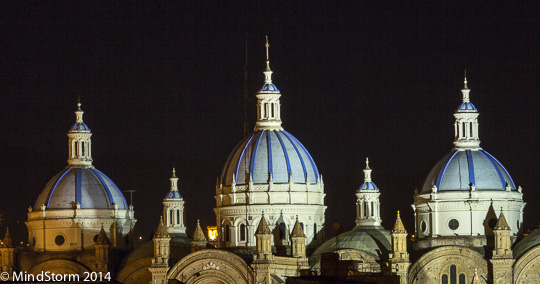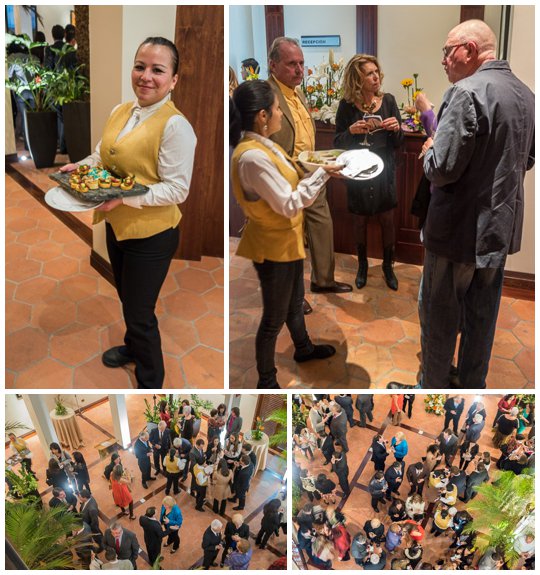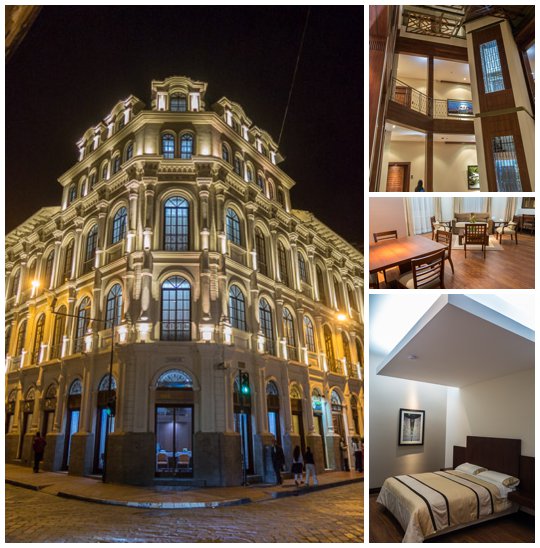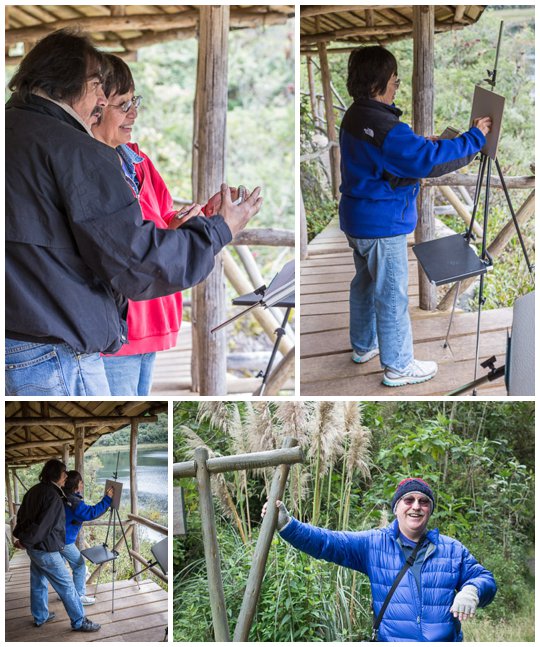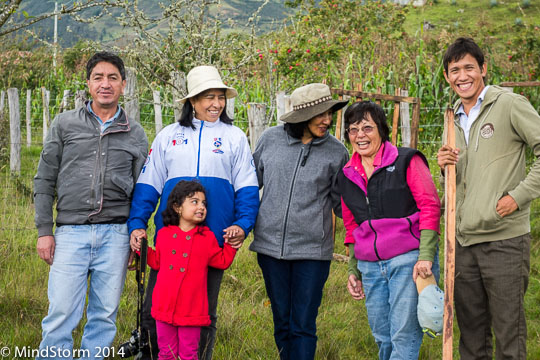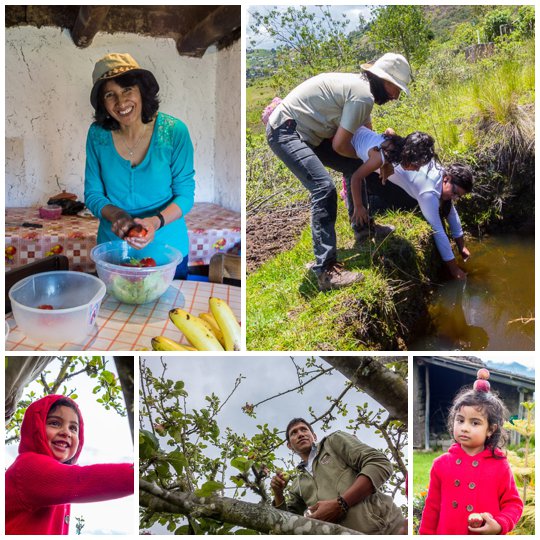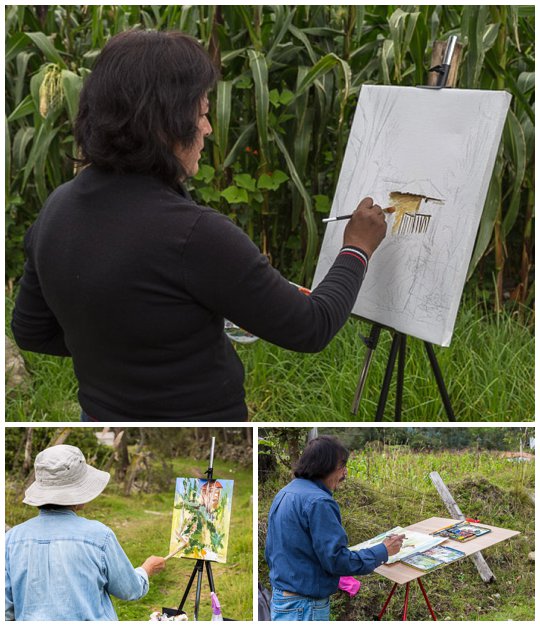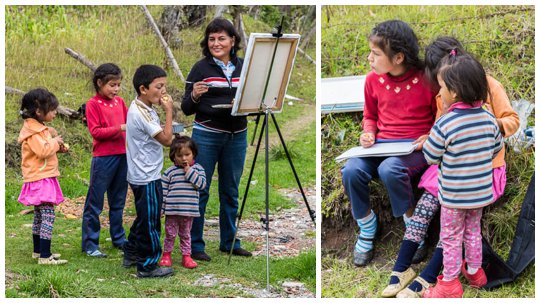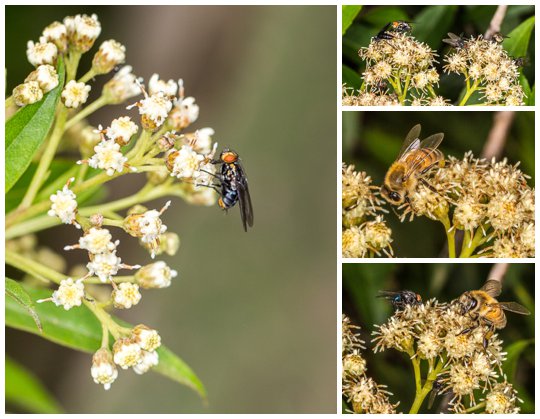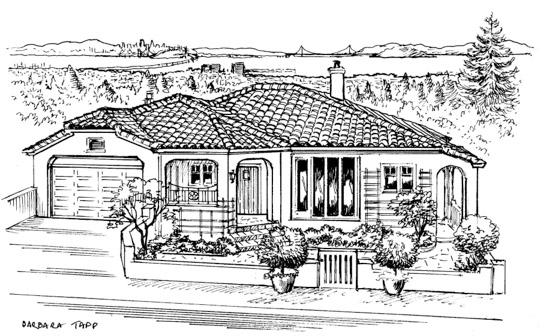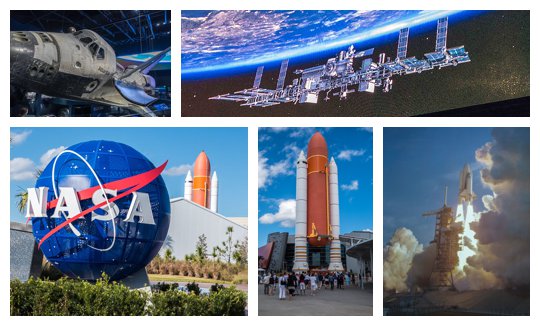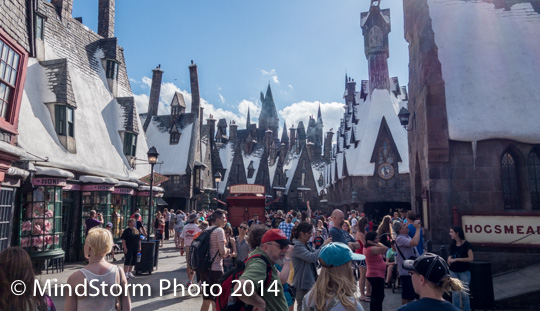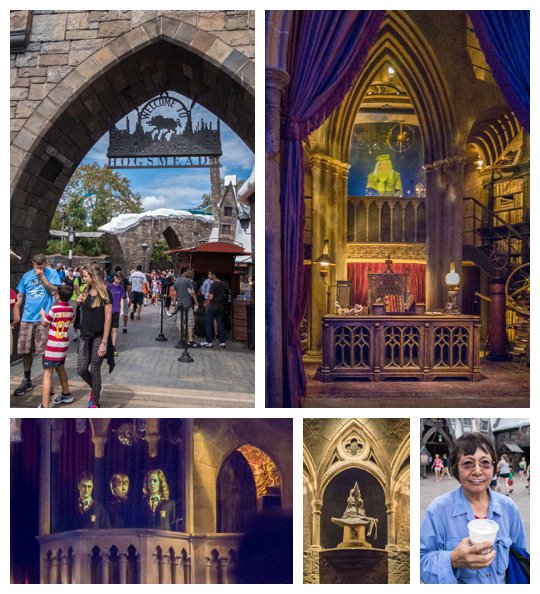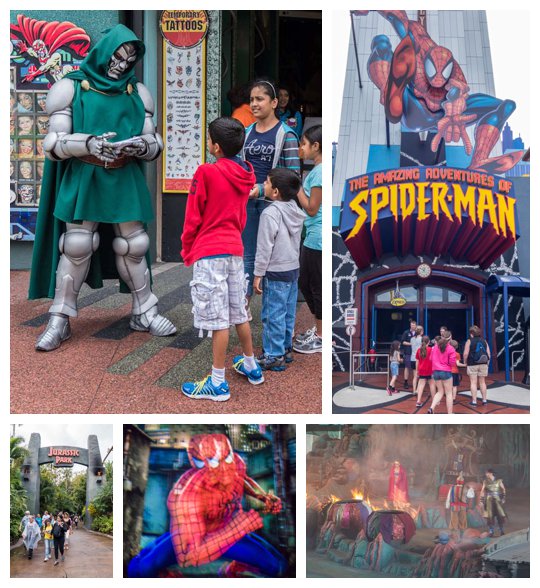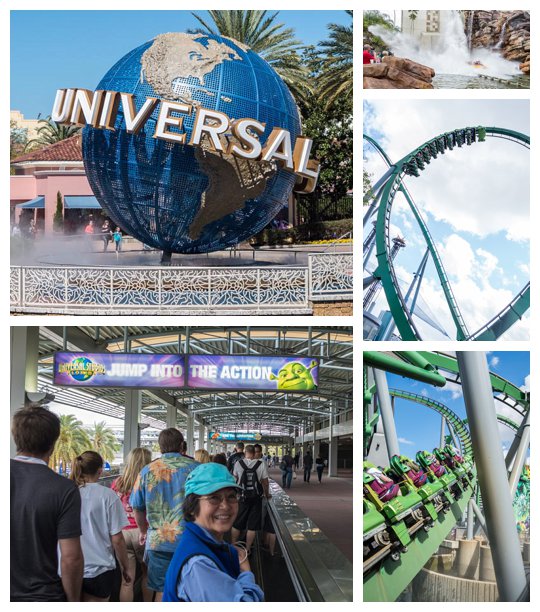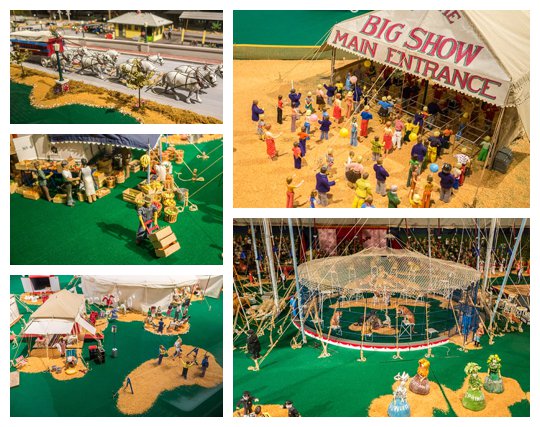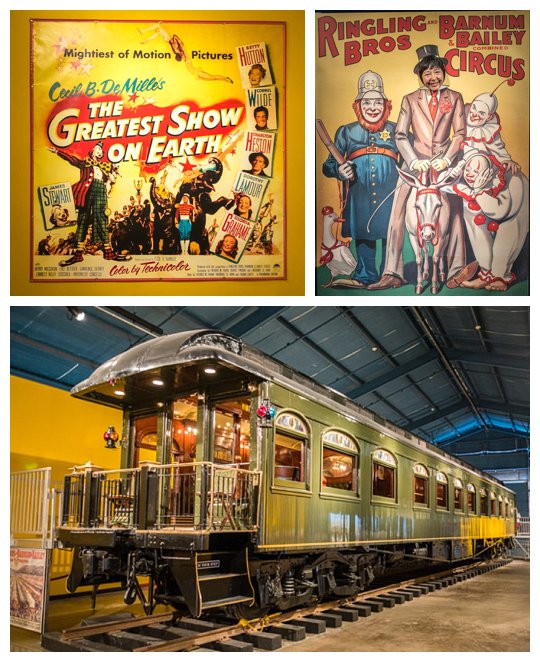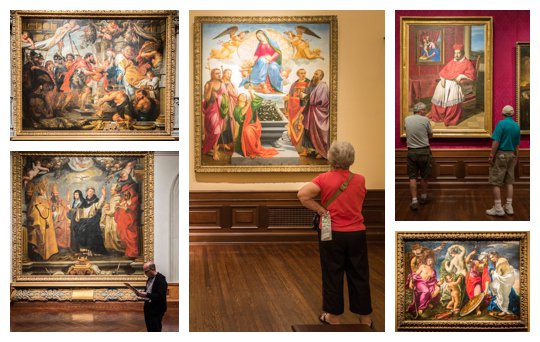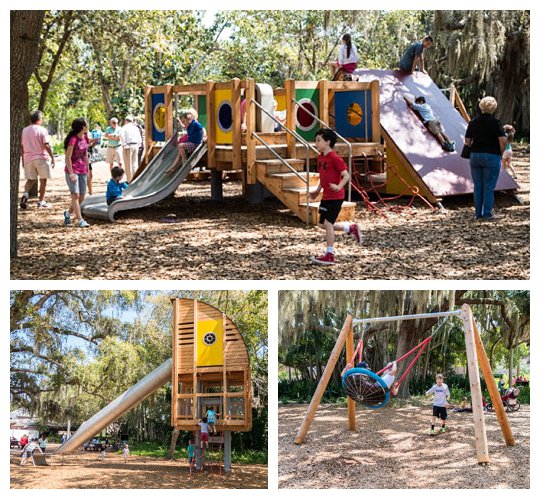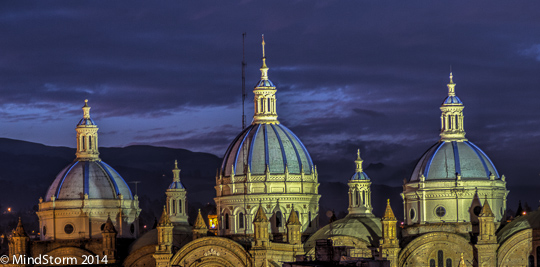
Cuencanas take any excuse to celebrate, and they don’t limit their holidays to just one day. This weekend is an example, commemorating Foundation Day. This is the day (celebrated for four days…) that marks the time 457 years ago that the Spanish declared Cuenca a city. As in North America, there are a few purists that take pains to point out that the Canaris settled this location more than 1500 years ago, just as some people like to note that Columbus did not “discover” North America, since it was settled by the American Indians long before. Regardless, this is the demarcation of the European settlement of The New World. For Good or Evil, it led to our being here today, and thus is marked by parades, fireworks, and general merrymaking.
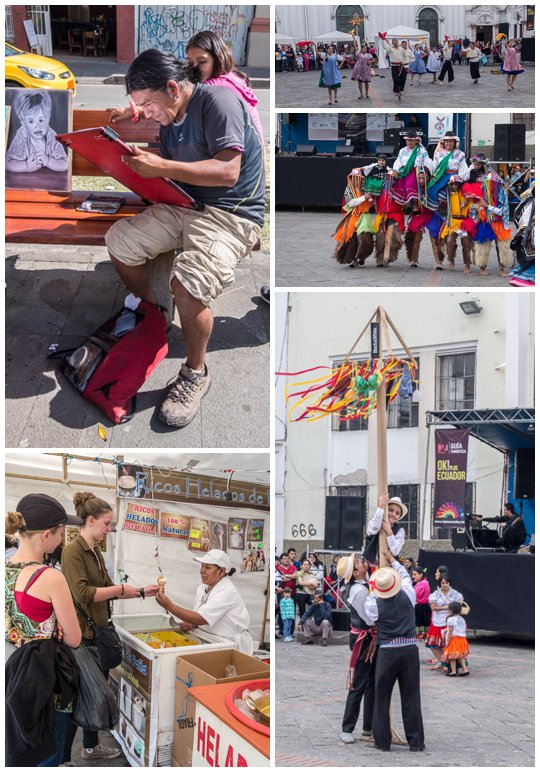
Vendors lined a main street (Doce de Abril — AKA April 12) selling portraits, food and crafts. Other groups danced in one square or another, demonstrating their ancestral heritage and entertaining crowds that gathered around.
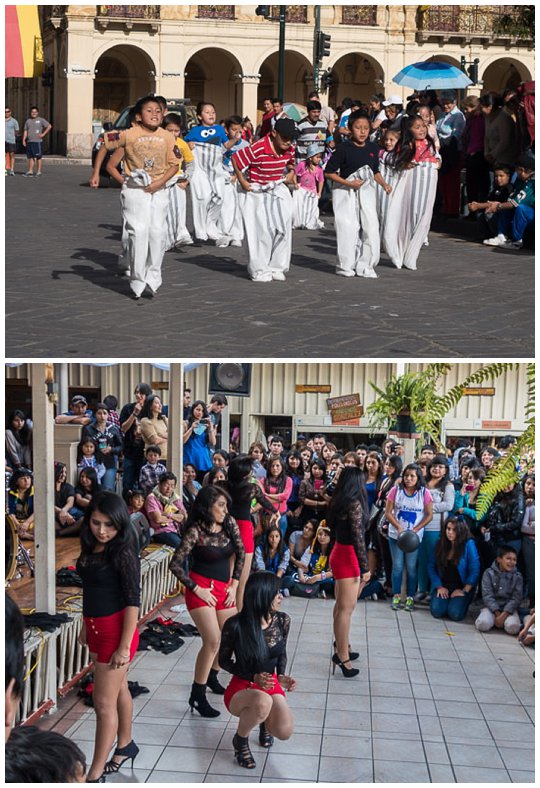
Kids got involved too. The younger ones participated in a potato sack race (above), while teenagers competed in dance and singing contests. It was fascinating to watch these singers and realize that some of them definitely had the talent to be tomorrow’s teen idols. These were not the High School talent shows I remember from the States. These kids were extremely talented and a lot of fun to watch. The audience played their parts too, with the boy dancers cheered by screaming teenage girls, and the girl performers met with equal enthusiasm by the teenage boys in the audience.
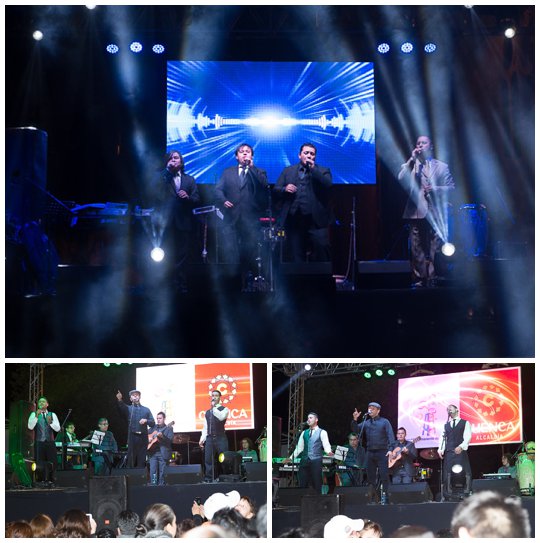
In the evening, we wandered over to Parque Calderon, and found a (free, of course!) rock concert in full swing. The voices were superb, and many in the audience were lip syncing the songs, indicating they knew the songs by heart. One of the biggest surprises was seeing all the musicians turned out in full suits. These performers were clearly adored by the audience, but there was none of the punk rock rebellion we come to expect in the States. The audience went from toddlers to parents (with their kids) to grandparents, with a very few gringos in the mix, and everyone seemed to love the music. Unfortunately, the volume got cranked up further and further until we left because it was too painful to be within a block of the speakers. Seems one aspect is being copied from the concerts in the States…☹
